Practice proposes preserving tower ruins and adding 25th-storey roof terrace
London practice JAA Studio has created speculative proposals for a memorial to the victims of the Grenfell Tower fire that involve repurposing the remains of the charred tower block rather than demolishing it.
In an accompanying essay, JAA argues that the structure – taken over by the Ministry of Housing, Communities and Local Government from the Metropolitan Police earlier this month – should be retained, and clad with black concrete panels.
New introductions would include a 25th-floor roof garden and terrace, a light installation corresponding with the flat where the blaze that claimed 72 lives last year started, with the construction of replacement community facilities at lower levels.
A memorial for the victims of the June 14 disaster is one of the anticipated outcomes of an agreement between the MHCLG, Kensington & Chelsea council and survivors’ and residents’ groups that was signed earlier this year. A working group tasked with creating a memorial committee has now been established, but the committee itself has yet to be formed.
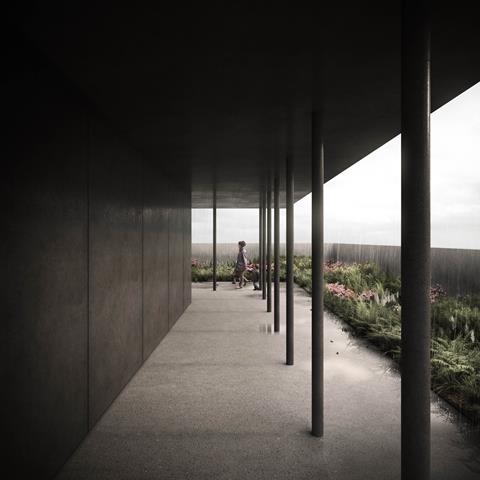
JAA said it anticipated that the actual preferred memorial would involve new housing being built on the site in a nod to the nation’s housing crisis and in a move that also served to whitewash the visible reminders of the disaster. But it argued that doing so would be a mistake.
“The most overwhelming image that sticks in our mind is that of the burnt-out husk of the building after the fire,” it said.
“And we clearly aren’t the only ones who think this, as this has become the go-to image for the media time and time again; it is haunting, it is galling, and it shocks; as it should do. This feeling however cannot be allowed to fade over time.”
The practice said London needed a “stark reminder” of what happened, to create a civic memory of what happened to make a repeat less likely – something that pointedly did not happen after the Ronan Point tower block disaster, which killed four people in east London in 1968.
JAA director Jenny Fleming said the “still, silent, blackened shell” of Grenfell was a “haunting and brutally honest account of what happened”, and as such made for a very disturbing sight in the aftermath of the fire.
“Now over a year on, the tower is cocooned in scaffolding and tarpaulin; not as raw, not as black, covered up,” she said.
“Grenfell Tower: In Memoriam retains the existing tower’s structure and encases it within a civic-scaled sarcophagus of 224 black concrete panels. Visually, the tower will remain part of the skyline, but differentiated from the similarly scaled blocks nearby by its lack of windows and unpunctured silhouette.

“It stands in the city scape, part of it, but standing apart. At night, Flat 16 where the fire started, is illuminated amongst the mass of shadow, a small gilded beacon, a quiet nightly narrator of the tragic event.
“The rooftop is made accessible to form a memorial roof garden. A perimeter of columns topped by a canopy in pared-back black concrete as per the monolithic tower below, act as a muted backdrop to contrast to the newly planted colours and swaying wild flowers on this new 25th storey open to the sky.”
JAA co-director Alessio Cuozzo said the roof garden would offer visitors a “true quiet space above the hustle and bustle”, a place to stop, reflect and breathe.
The bottom four floors of the memorial proposal would be renovated and extended for community uses, one of which would be replacement facitlities for the Dale Youth Amateur Boxing Club, and a permanent gallery dedicated to the disaster and its victims.
All other floors would be closed off, serving no purpose other than to form the monument in the landscape.
Cuozzo added: “This project does not claim to be the answer to the difficult conditions found in the aftermath of Grenfell, but instead offers an alternative way of thinking about the site and its new-found sanctity through disaster.
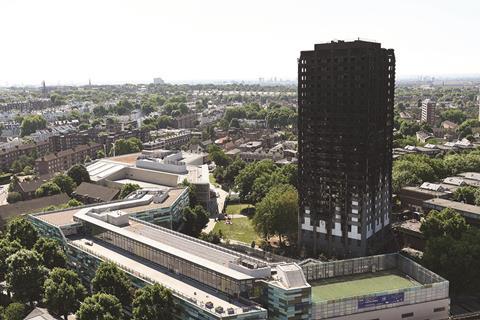
“If we build over these individual spaces borne out of tragedy we will forget over time. And the city needs its scars; the city needs to remember. Because if we don’t, in the future we won’t only be discussing Ronan Point and Grenfell, but who knows how many other avoidable catastrophes.”
Last week the Metropoitan Police announced that it had concluded investigations at Grenfell Tower and was no longer treating the site as a crime scene.
MHCLG confirmed that the site would not be transferred back to its legal owners, the Royal Borough of Kensington & Chelsea, and would instead be overseen by the department until the creation of a body steered by local residents, fire survivors and the bereaved that would lead decisions about the site’s future.
A letter to the community from housing secretary James Brokenshire and junior minister Nick Hurd last month said “any decision on the deconstruction of the tower” would be based on expert advice and that a “period of engagement” would precede the deconstruction of the tower’s remains.
MHCLG stressed that no decision had been taken on the future of the Grenfell site.
BD also asked it for the anticipated timescale for the creation of the commission and the process for creating the envisaged memorial.
It said Initial discussions on the detailed purpose and scope for the long-term future of the site had started with representatives of the bereaved, survivors and local community.
MHCLG said next steps on the future of the site would be “announced in early autumn”.
Grenfell United, the main group representing survivors and bereaved families from Grenfell Tower, said it had been unaware of the existence of JAA until the practice produced its discussion-starting memorial concept.
“What happens to the site is incredibly personal to all of us who used to live in the tower, lost loved ones in the fire or are part of the community,” the group said. “It will be survivors, bereaved families and the community that will make decisions together about what happens to the site and how we remember the loved ones we lost.”
Postscript
This story was updated at 12:50pm on 8 August 2018 to include additional information received from MHCLG.
The story was updated at 3:50pm on 10 August 2018 to include a statement from the Grenfell United group.


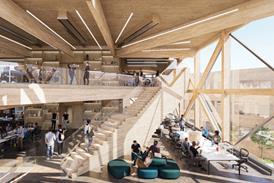

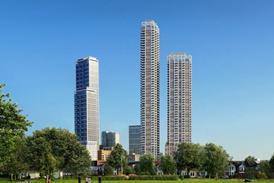
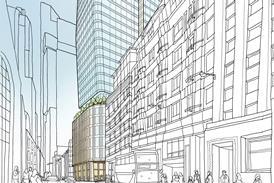



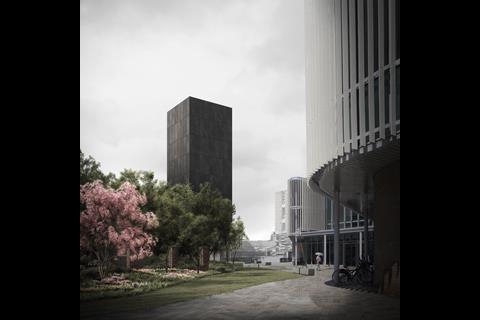

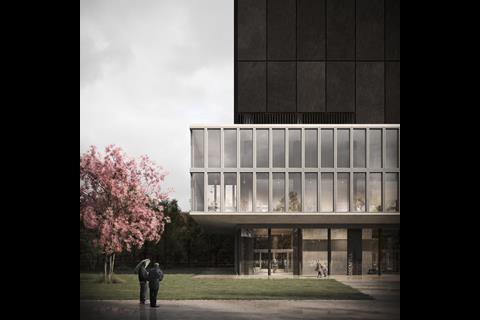







22 Readers' comments